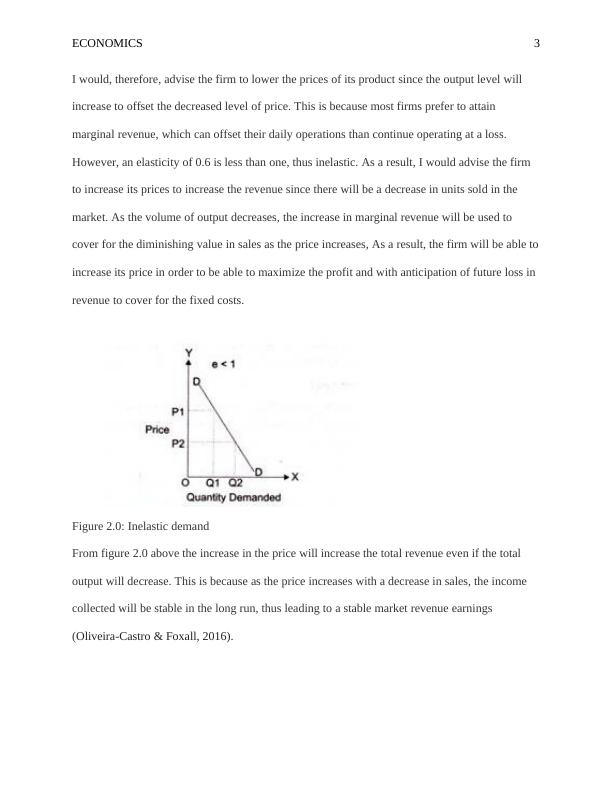Principles of Economics: Elasticity, Long-Run Average Cost, Productivity Growth, and Inflation
10 Pages2868 Words226 Views
Added on 2022-10-02
About This Document
This document discusses elasticity, long-run average cost, productivity growth, and inflation in economics. It provides solutions to questions related to these topics and explains their relevance in different economies.
Principles of Economics: Elasticity, Long-Run Average Cost, Productivity Growth, and Inflation
Added on 2022-10-02
ShareRelated Documents
End of preview
Want to access all the pages? Upload your documents or become a member.
The Price Elasticity of Demand and Tariffs
|5
|701
|115
Factors Leading to High Petrol Prices in New Zealand
|7
|1383
|260
Assignment on Economic Applications
|8
|1767
|23
Impact of Elasticity of Demand on Pricing
|11
|1901
|35
Assignment Managerial Economics
|7
|1139
|62
Economics
|7
|663
|92



